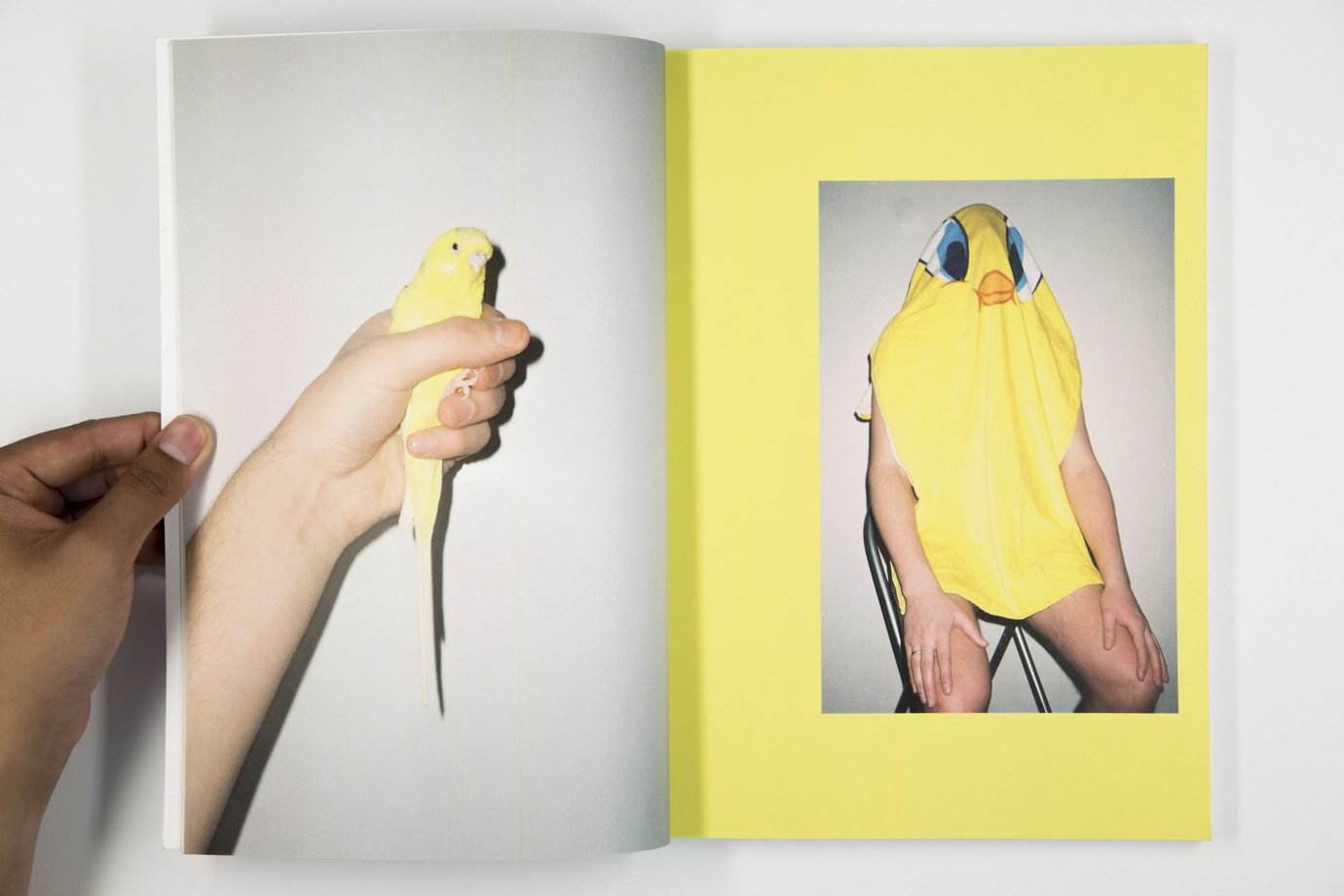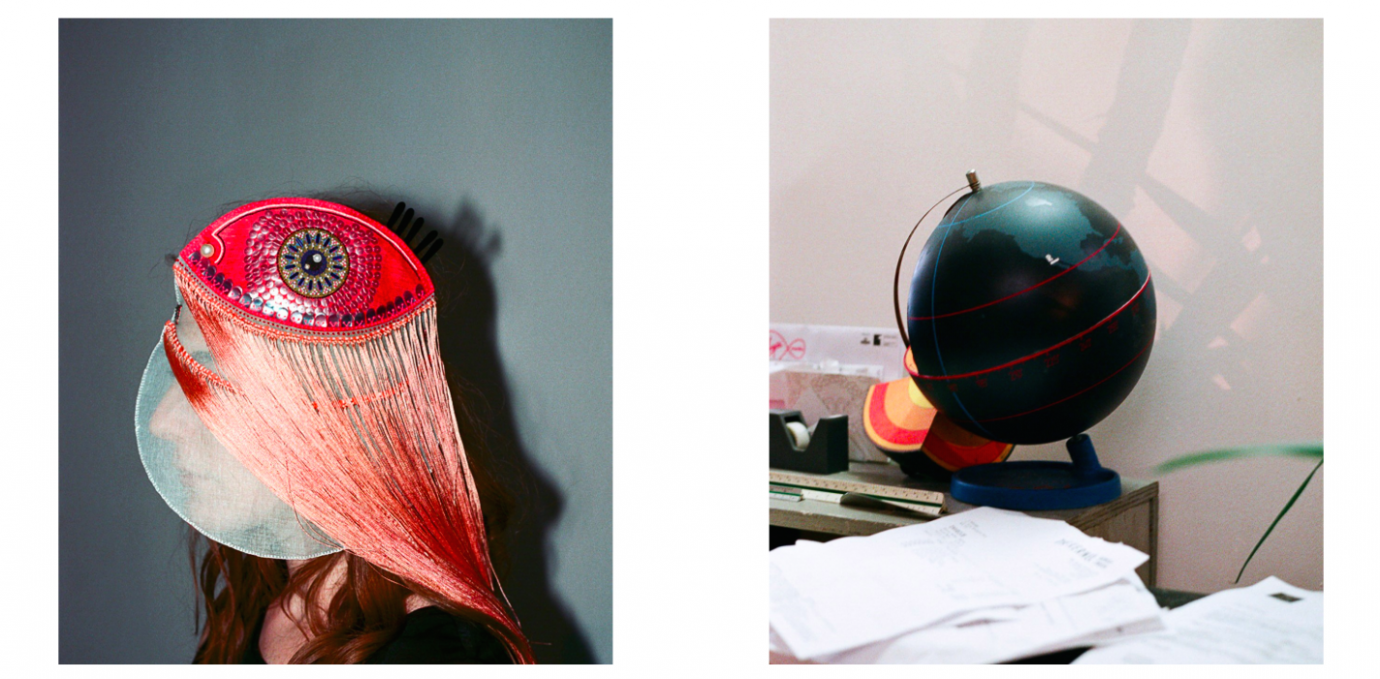Your new exhibition, Airportals, revolves around airport security checks. Why is this topic so ripe for exploration?
When I was growing up, airports were these non-spaces, designed to be forgotten. They’ve got this nostalgia to them, this idea of adventure and notions of freedom of movement. But that’s totally changed in the last couple of decades and airports now stand for something totally different. When President Trump changed the law on immigration in 2017, people protested at JFK. In September, people held a protest at Hong Kong International Airport. You’ve also got the impending environmental damage that comes with airports and air travel as a motif, which has really come to the forefront in the same time period. And of course, the invasiveness of facial recognition and body scanners. So these points of entry have morphed from a seamless process to a real point of friction. I use film which has been damaged by airport x-ray machines, which gives the images quite a nostalgic look. It draws out this contrast between the glamorisation of air travel and how damaging that glamorisation can be.





















